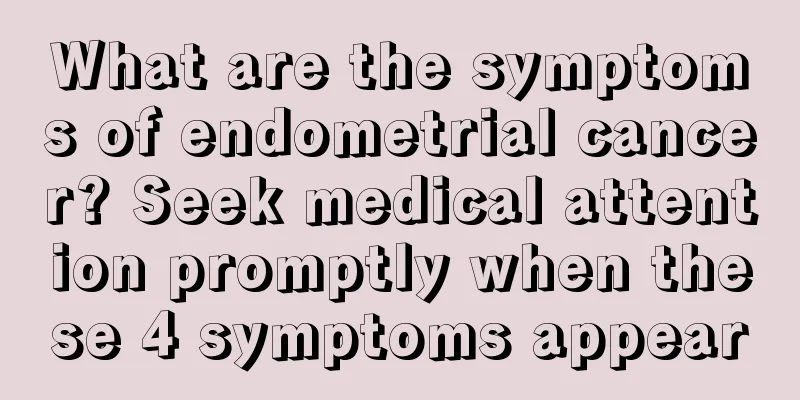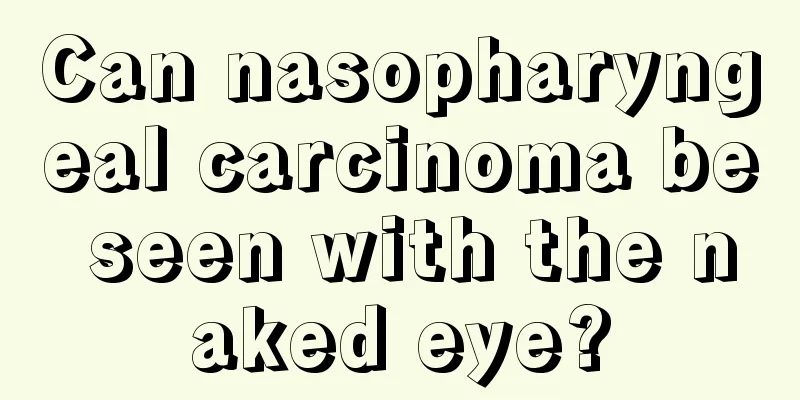There is a pimple next to my eye

|
Sometimes people find a pimple on the corner of their eye. Some are smaller, like the size of millet grains, and are usually called fat granules. If it is larger, it may be even the size of a mung bean. In this case, you may have a stye, which is caused by bacterial infection of the eyelid, usually due to neglect of eye hygiene, adverse external stimulation or decreased body immunity. Stye, also known as sty and hordeolum, is an acute suppurative inflammation of the sebaceous glands or meibomian glands near the eyelash follicles. There are two types of styes: internal sty and external sty: 1. External stye It is an acute suppurative inflammation of the Zeis gland. Initially, the eyelid margin shows localized congestion and swelling, and a nodule forms after 2 to 3 days. There is obvious swelling, pain and tenderness. Later, the nodule gradually softens and a yellow pustule forms at the root of the eyelashes, which breaks through and discharges pus quickly. Severe cases may have systemic symptoms such as chills and fever. 2. Internal stye It is an acute purulent inflammation of the meibomian glands. Its clinical symptoms are not as severe as those of external hordeolum, because the inflamed meibomian glands are surrounded by firm tarsal plate tissue. Yellow pus masses are often faintly visible on the surface of the congested palpebral conjunctiva, which may rupture and discharge pus into the conjunctival sac on their own. The opening of the meibomian glands may be slightly raised and congested, and pus may also be discharged along the palpebral gland duct. A few cases may rupture and discharge pus from the skin. If the tarsal plate fails to rupture and the pathogen is highly toxic, the inflammation will expand, invade the entire tarsal plate tissue, and form an eyelid abscess. Causes of Stye There are two kinds of glands on the eyelids. The sebaceous glands at the root of the eyelashes open into the hair follicles. The meibomian glands are buried in the tarsal plates near the conjunctiva and open into the eyelid margins. Stye is an acute suppurative inflammation of these two glands. The bacteria that cause styes are mostly Staphylococcus aureus. Clinical manifestations of stye 1. Localized redness, swelling, heat and pain on the eyelid skin, and edema of the adjacent conjunctiva. 2. When pus accumulates locally, yellow pus heads appear. External hordeolum occurs in the sebaceous glands at the root of the eyelashes and manifests itself on the skin surface; internal hordeolum occurs in the meibomian glands and manifests itself on the conjunctival surface. After rupture and drainage of pus, the pain will be relieved and the redness and swelling will subside. 3. Severe cases are accompanied by enlarged and tender preauricular and submandibular lymph nodes, general chills, fever, etc. Stye examination 1. Pay special attention to changes in the eyelids. 2. If there are systemic reactions, the peripheral blood leukocyte count and classification should be checked. Stye Treatment 1. Early hot compress or magnetic therapy Promote infiltration absorption or rapid suppuration of nodules. 2. Surgical incision When the inflammation is under control and pus accumulates to form a fluctuating feeling, it can be drained by incision, and the necrotic or granulation tissue can be properly cleaned. Depending on the situation, placement of a drainage strip can be considered. After the inflammation subsides, if there is still residual granulation tissue or nodules left, surgical removal can be performed again. However, it should be noted that the skin incision of the external hordeolum should be parallel to the eyelid margin, and the conjunctival incision of the internal hordeolum should be perpendicular to the eyelid margin. Avoid inappropriate squeezing to prevent the inflammation from spreading into the orbit and cranium, causing orbital cellulitis, cavernous sinus phlebitis, meningitis and abscess, which may be life-threatening. 3. For stubborn and recurrent cases Autoimmune therapy is available. Patients with systemic fever and swollen preauricular and submandibular lymph nodes can be treated with antibiotics. |
<<: There is a bump on the index finger joint
>>: How to treat folliculitis on the back
Recommend
How to care for breast fibroids
Breast fibroma is one of the diseases that endang...
How long can you live with portal vein cancer thrombosis? These two aspects need attention
There is no uniform answer to how long a patient ...
How long can you live with stage three colorectal cancer
Colorectal cancer is a malignant tumor of the dig...
How to recover from myopia and astigmatism, tips to restore vision
The most common phenomenon among students is myop...
How much does chemotherapy for glioma cost? What factors are related to the consumption of chemotherapy for glioma?
I believe everyone is familiar with glioma. As a ...
Is sweating caused by hot compress on waist due to dampness?
Because of injuries or problems in the waist, thi...
How long does it usually take to nourish hair?
Everyone pays special attention to the nutritiona...
What should I do if my black clothes are covered with white hair
When you wear black clothes, if there are some wh...
How to recuperate after prostate cancer surgery
Prostate cancer is a common tumor disease in men....
Four common types of cervical cancer
Cervical cancer is a common malignant tumor in wo...
Posterior cranial fossa tumor
Posterior cranial fossa tumors include gliomas, m...
How long should facial cleanser stay on the face
Every woman has a bottle of facial cleanser. Faci...
Sleep time and mortality comparison table
The relationship between sleep duration and morta...
The correct way to use the coarse salt hot compress pack
Coarse salt hot compress packs are very effective...
The main factors that induce gallbladder cancer
The occurrence of gallbladder cancer has a lot to...









